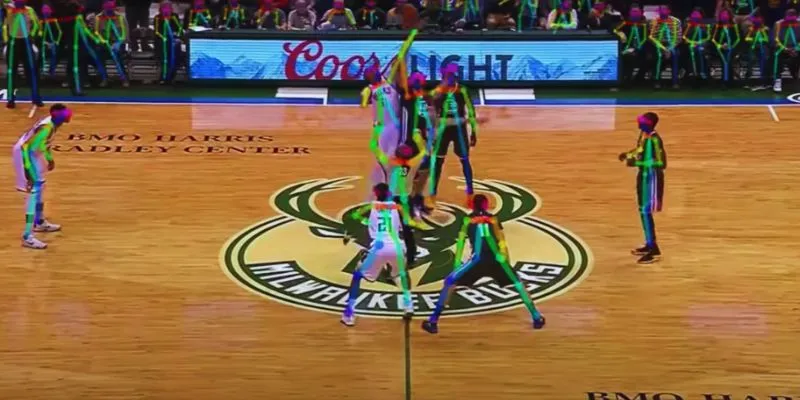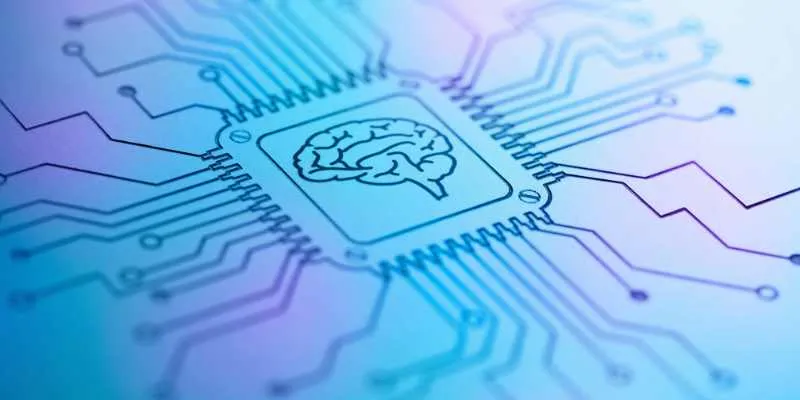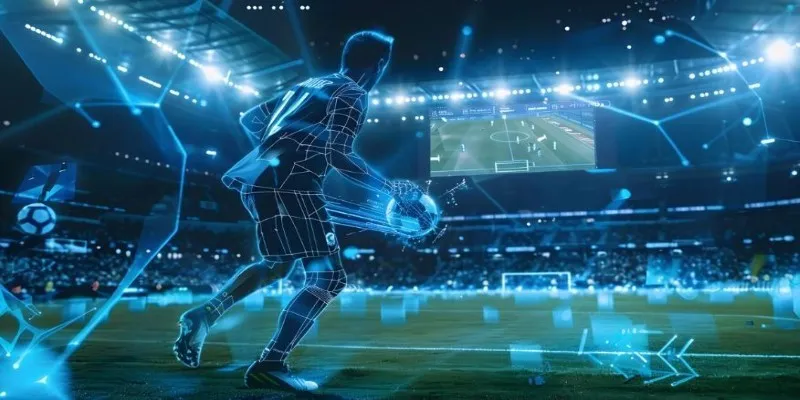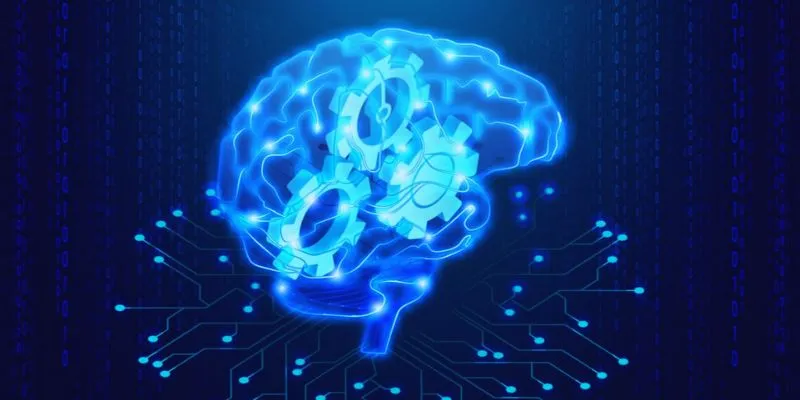Imagine having real-time statistics on player movements, approaches, and performances while watching your favorite sport. This is made possible by computer vision technology, allowing coaches, players, and fans to gain insightful analysis of every aspect of the game by enabling computers to “see” and interpret visual data.
Computer vision is reshaping the sports experience by tracking player positions, identifying key events such as goals or fouls, reducing injuries, enhancing athletes’ performance, and engaging fans. Even if you’re unfamiliar with computer vision, this article will explore how this powerful tool is utilized in sports through a systematic approach. You’ll grasp its fundamental concepts and understand how it impacts the game on and off the field.
 ##
The Basics of Computer Vision
##
The Basics of Computer Vision
Computer vision technology allows machines to “see” and interpret visual data like videos or images through sophisticated algorithms. It detects objects, analyzes visual data, and identifies patterns. In sports, computer vision plays a crucial role in recording player actions, recognizing significant events, and swiftly analyzing tactics. Cameras strategically placed across the playing area capture every moment of the game. The system processes live footage from these cameras to detect major events such as fouls, passes, or goals.
Utilizing these events, computer vision systems provide detailed game analysis that assists teams in understanding performance trends, player behavior, and game strategy evolution. This knowledge enables players and coaches to make informed decisions, enhancing game preparation and in-game strategies. Sports benefit from the heightened level of precision and analysis offered by computer vision, reshaping our understanding of the game.
How Computer Vision is Applied in Sports
Here are the key applications where computer vision is leveraged in sports to improve performance and analysis:
- Player Tracking: Player tracking is one of the most commonly used
computer vision applications in sports. Multiple cameras monitor each
player’s position and movements in real-time, providing a comprehensive
overview. In sports like soccer, player tracking helps assess factors like
fatigue, speed, and decision-making, guiding performance improvements and
coaching strategies. Monitoring overuse patterns and excessive strain on
specific body parts also aids in injury prevention. - Event Detection:
Computer vision enables automatic detection of significant game moments, such
as scoring a basketball or soccer goal. By analyzing video footage, the system
identifies crucial events and triggers alerts. This technique is frequently
used in live broadcasts to highlight key moments for viewers and provide
accurate video evidence for contentious calls, assisting officials in
decision-making. - Motion Analysis: Another area where computer vision
excels is motion analysis. Tracking player movements allows the system to
unveil aspects of their performance. For example, in tennis, it can analyze
serve speed and accuracy, while in basketball, it records shot trajectory and
success rates. Motion analysis helps coaches refine athletes’ movements and
enhance their techniques.  ## The
Benefits of Using Computer Vision in Sports
## The
Benefits of Using Computer Vision in Sports
Here are the main benefits of integrating computer vision in sports: enhancing performance, preventing injuries, and facilitating better decision-making.
- Enhanced Performance: Computer vision enhances performance by understanding player movements and actions thoroughly. Coaches can pinpoint areas for improvement in a player’s technique or decision-making, enabling targeted coaching and overall performance enhancement. It provides valuable insights that refine skills, from a basketball player’s shooting form to a soccer player’s passing accuracy. - Injury Prevention: Injury prevention relies on monitoring players’ movements and intensity during practices and games. Computer vision systems can detect patterns of overexertion, recommending rest or alternate training when detecting strained movements or overuse of specific muscles. This proactive approach reduces the risk of long- term injuries and maintains player health. - Data-Driven Decisions: Objective data from computer vision empowers managers and coaches to make informed decisions. Teams equipped with insights into player performance, tactics, and game events can devise winning strategies. Data-driven decisions impact various aspects of the game, from player selection to match strategy to game-day preparation, enhancing team performance and minimizing guesswork. ## Steps to Implement Computer Vision in Sports
Here are the key steps to effectively implement computer vision in sports for improved performance monitoring and analysis:
1. Set Up Cameras and Sensors: The initial step in applying computer vision in sports is to install cameras and sensors around the field or court. Ensuring comprehensive coverage of the playing area by cameras is essential for accurate data collection. Players should be equipped with sensors to track their movements and performance metrics. 2. Choose the Right Software: Select a suitable computer vision tool or platform to manage the data collected by cameras and sensors. The software should enable player motion tracking, event analysis, and performance insights. Some platforms focus on post-game analysis, while others offer real-time analysis capabilities. 3. Train the Systems: Providing the system with data enhances its accuracy. Through historical footage and data, the algorithm learns to recognize significant events and patterns. Increased exposure to data improves the system’s ability to identify trends and provide accurate analysis. 4. Analyze and Interpret the Data: Once trained, the system generates analysis for stakeholders to identify strengths and weaknesses. This information aids in developing strategies, enhancing individual player performance, and making informed game decisions. ## Conclusion
By enhancing understanding of player performance, strategies, and game events, computer vision is transforming the sports industry. Technologies like motion analysis, event detection, and player tracking enable teams to make data- driven decisions, enhance performance, and reduce injuries. Optimal utilization of computer vision in sports involves incorporating appropriate cameras, sensors, and software. The advancement of this technology will impact athlete training, performance, and engagement with the game and audience, offering viewers and athletes a deeper understanding and new opportunities.
 zfn9
zfn9























